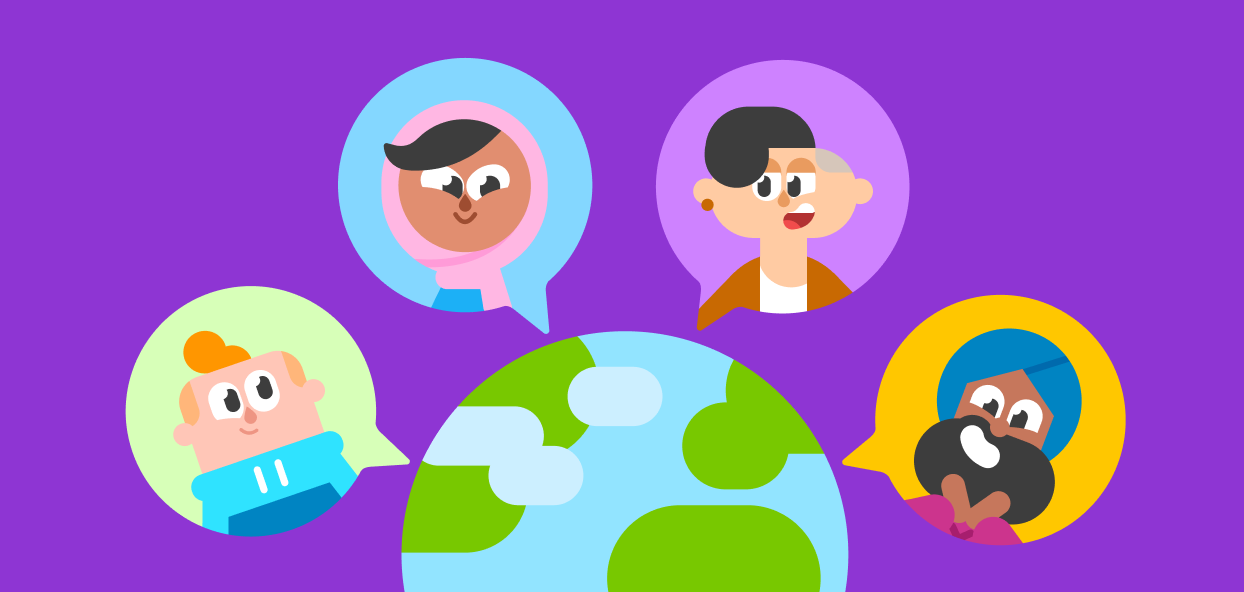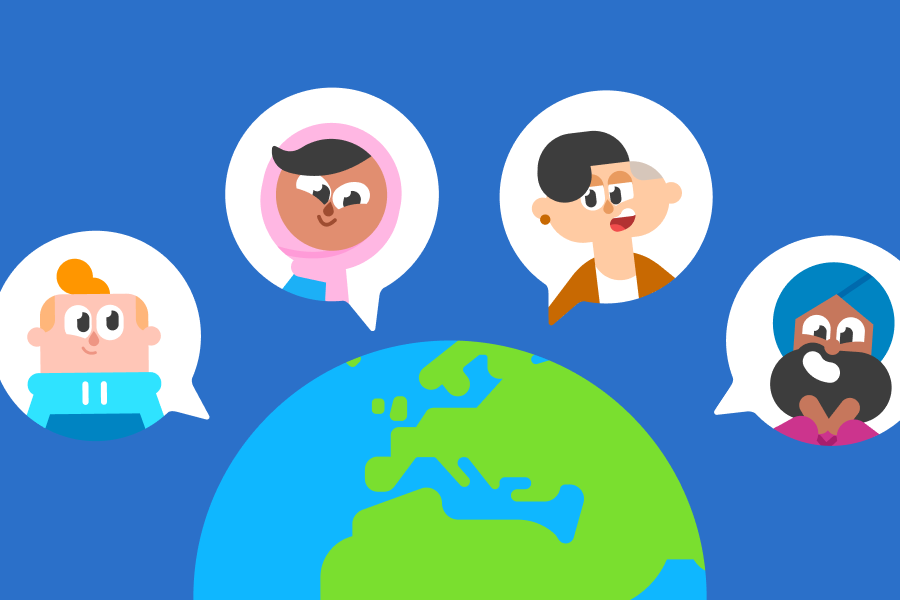Most people learn a new language to form relationships, not just to form sentences. But knowing the structure of the language you’re studying is just the starting point of being an effective communicator and relationship-builder in your new language.
Here’s an example: when I studied abroad in Russia, I was so good at grammar, and my Russian accent was pretty good, too. Yet I had a hard time connecting to people. It took me a while to realize that I compulsively used the formal version of “you” with everyone I met, even people who wanted to be friends with me. I was linguistically holding them at arm’s length without even knowing I was doing so.
See, there is a lot to communicating with a person beyond knowing the grammar and vocabulary. Here are a few of the most important things you need to understand in order to be a good communicator in your new language.

1. You must understand social norms
Not all languages or cultures define what’s polite in the same way. For example, in American English, we tend to signal that we’re being polite by being indirect—asking questions like, “Could you possibly pass the salt?” In Russian, by contrast, it’s just as polite to say, “Give me the salt.”
But if you’re a Russian speaker and you’re speaking English and say, “Give me a pen,” the person you’re talking to might think you’re extremely rude. By transferring your patterns of politeness from one language into another, you get perceived as a jerk and you don’t even know why! Meanwhile, an American English speaker asking for a pen in Russian might get perceived as being weirdly nervous about a simple request—why won’t you just say what you want!?
These misunderstandings can be tough, because people make assumptions about the kind of person you are based on the language you use. And if you use the wrong type of language to communicate your intentions, well, that can kill potential friendships before they even get started.
In Duolingo courses, you can see models of how people are polite in their target language in a few different places. For example, our conversation lessons show you things like how to make a request in your new language, and our courses have skills that signal social norms in the learning language, such as the distinction between the formal and informal “you.”
(And of course it’s worth noting that you don’t always want to be polite in every situation. Sometimes, you have to be a little rude to get things accomplished. And just like politeness, impoliteness is culturally specific. But don’t worry—Duolingo courses also show you the correct ways to get a little mean when the situation calls for it!)
2. You must understand common beliefs
Every culture has different patterns of belief about what is considered taboo, what it means to be a good person, how kids should be raised, and so on and so forth. And if that sounds complicated, it’s made even more so by the fact that within a culture, every person manifests these beliefs a little differently.
So how do you ever figure out how to negotiate someone else’s culture and make sure you don’t offend them? You have to learn how to really listen to someone. This means listening to them on a literal level—by sharpening your comprehension skills in the language you’re learning—but also by practicing critical observation. You need to learn how to hear other people’s stories and interpret them in your own cultural frameworks.
Does that sound like what the hosts do on our podcasts? That’s not a coincidence! The next time you’re listening to a Duolingo podcast, pay attention to the way the host contextualizes and interprets the unfolding narrative The host is demonstrating critical observation and critical listening.
If the podcasts aren’t enough for you, there are also cultural lessons to be found in Duolingo courses themselves. When our curriculum designers create courses, they deliberately write content in a way that depicts cultural practices and attitudes. Keep an eye out!
3. You must understand yourself
The absolute most important thing you should understand when you’re speaking a language is… yourself. This is the biggest, hardest task of all. To get the most out of your language use, you must know why you want to use this language. What is your own culture, and what attitudes do you bring to an interaction with another person? What are the social norms you value? Where can you compromise? Because speaking to someone from a different cultural background isn’t a matter of adopting their cultural attitudes; it’s impossible to do that without losing yourself entirely. Instead, ask: who are you, and who do you want to be in this new cultural environment?
Duolingo, unfortunately, doesn’t have a course in self-actualization. So this is one part of cultural knowledge that we can’t help you with. But just like you listen to other people, you should listen to yourself. Critically observe how you yourself engage with others. Who will you be in your new language?
Duolingo has a lot of features that can help you learn to speak a language. But we also have a lot of features that help you get beyond the language, transforming you from being a good speaker to being a good communicator. Ready to get started? Download Duolingo on Apple or Google Play stores.
